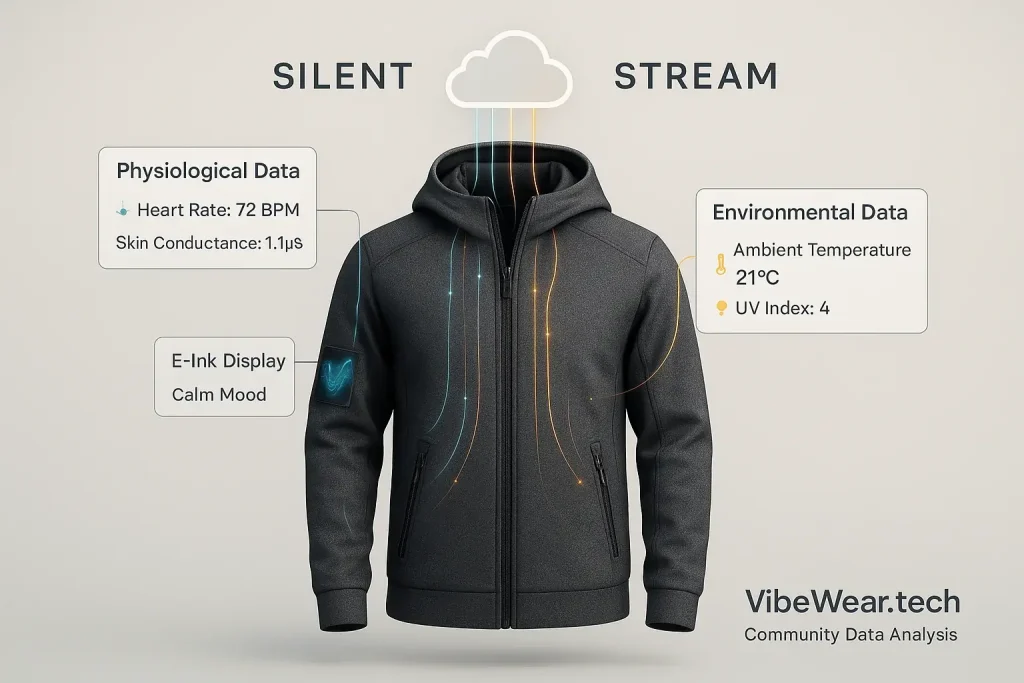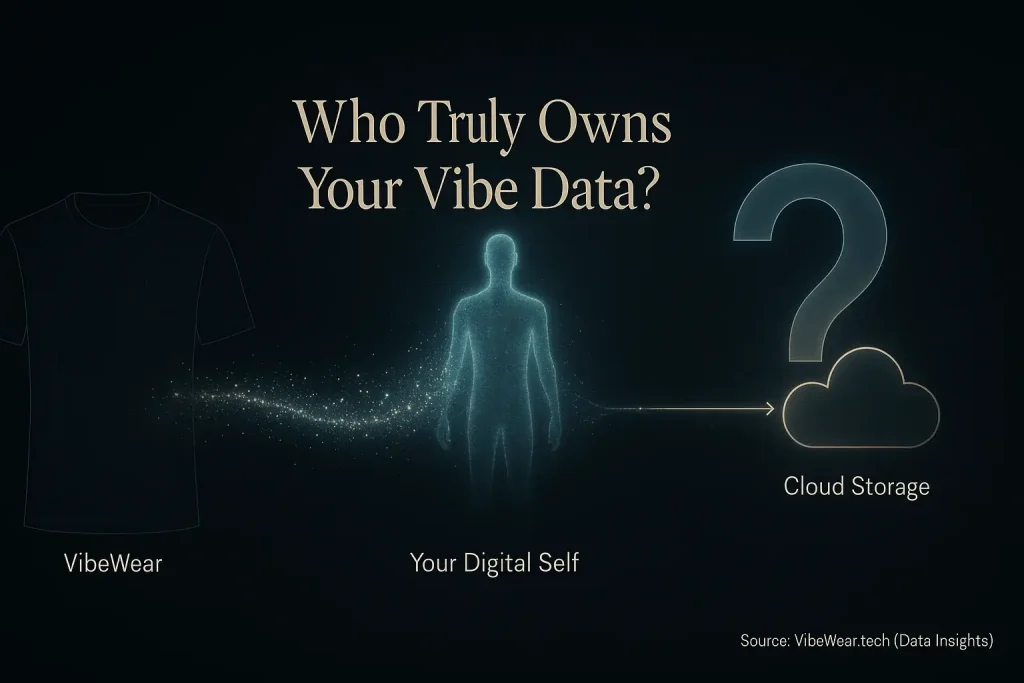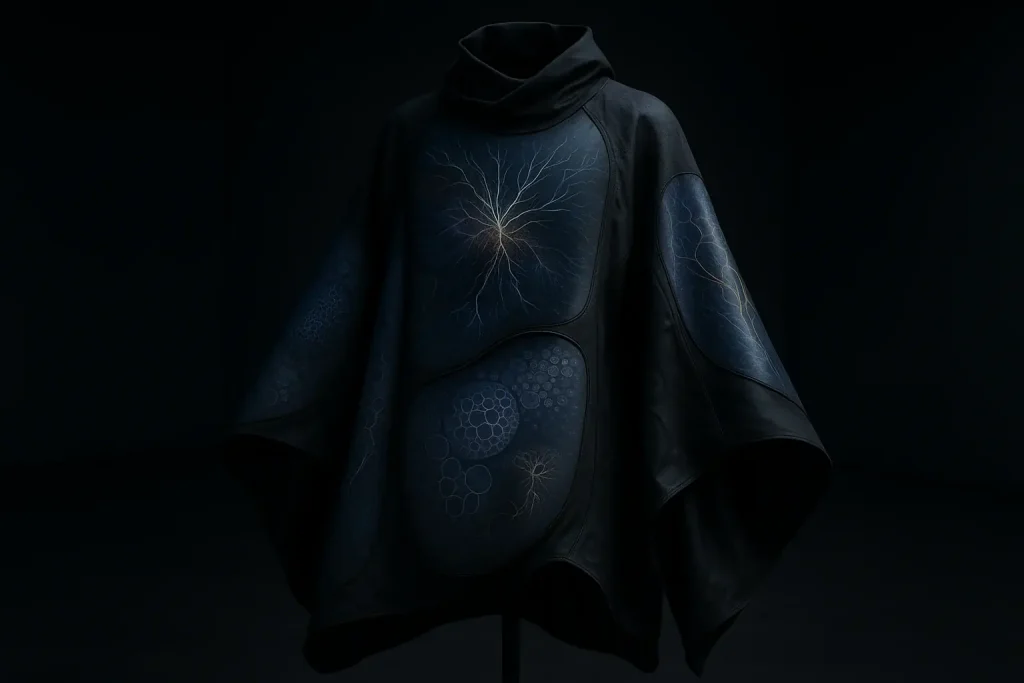Why Ethical Design is Non-Negotiable for VibeWear
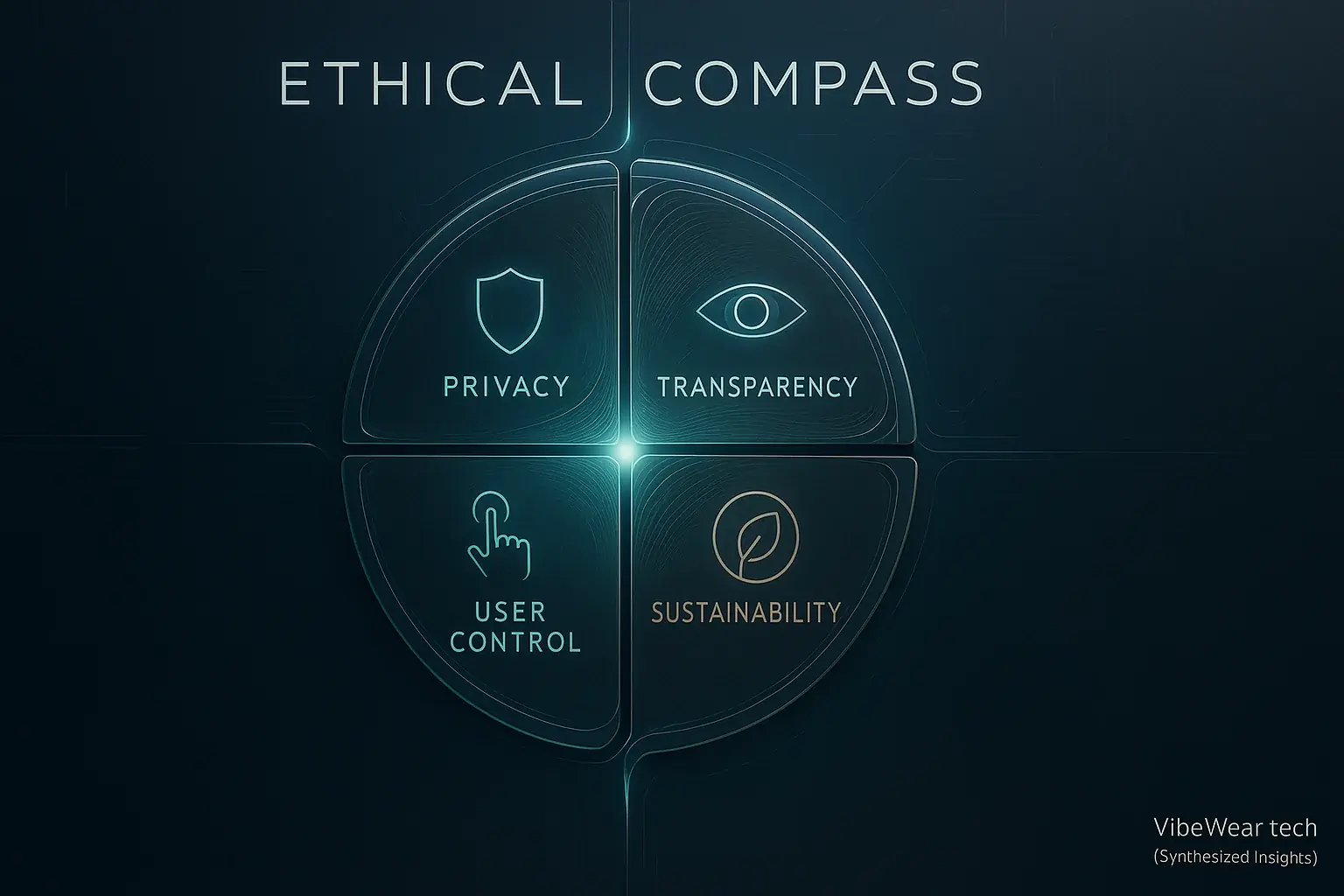
Ethical design is fundamental for mood-adaptive fashion. This technology interacts with your deepest self. When your clothes literally reflect your inner world, what ethical lines are we walking? This consideration surpasses mere compliance. It actively builds user trust. True user well-being is the actual goal.
VibeWear technology is profoundly personal. Every design choice therefore carries amplified ethical weight. Ignoring ethics now could alienate crucial early adopters. Such oversight hinders mainstream acceptance of adaptive apparel. Designers and developers bear a proactive responsibility for these human impacts. Responsible innovation demands this foresight.
This guide explores VibeWear's core ethical pillars. These principles are non-negotiable for us. They steer the creation of genuinely valuable, user-centric adaptive fashion. Adherence builds respected, enduring technology. Understanding these pillars helps shape a more thoughtful future for wearable tech.
User Consent & Control: The Foundation of Trust in Adaptive Fashion

Your VibeWear should always reflect your choice. It is not a silent broadcaster of your inner state. True user consent means you fully understand data collection. You must also grasp how your VibeWear will react and display information. This understanding empowers you.
Imagine a person discovering their private mood data was shared. They had no clear prior understanding. That shatters trust. Quickly. Users require simple, intuitive ways to manage their emotional display. You need granular control. You decide what VibeWear shows. You decide what data, if any, it shares. You also control when. Clear 'off' or 'private' modes are absolutely essential for user peace of mind.
Designers sometimes miss an unspoken truth. The technology's capability is not the sole point. What users genuinely want to share is paramount. Does constant emotional broadcasting feel right for everyone? Over-sharing can create anxiety, not authentic expression. VibeWear interfaces must present consent options clearly. Control needs to be effortless, not buried deep within confusing menus. This respects your agency.
Data Minimization: Collecting Only What's Necessary (and Nothing More)

Data minimization guides VibeWear development. Think: packing for a trip. You bring only absolute necessities. VibeWear collects minimal biometric or environmental data for its core function. Nothing more is gathered.
More data is not always better. Many assume more data creates superior insights from wearables. For mood-adaptive tech, excessive data collection often creates more risk than actual value. A VibeWear user might then wonder something. Why are my sleep patterns relevant to this shirt's changing display? Only heart rate might be needed for a simple, responsive mood shift indication. Less data can truly mean more focused, secure, and understandable functionality.
Designers should rigorously question every single data point considered for collection. Is this information truly essential for the intended VibeWear feature? Can the desired function operate effectively using less personal data? Minimizing collected data actively reduces potential privacy risks for users. This approach also simplifies overall system security design significantly. Privacy by design.
Transparency in Functionality: No Hidden Vibes, No Surprises
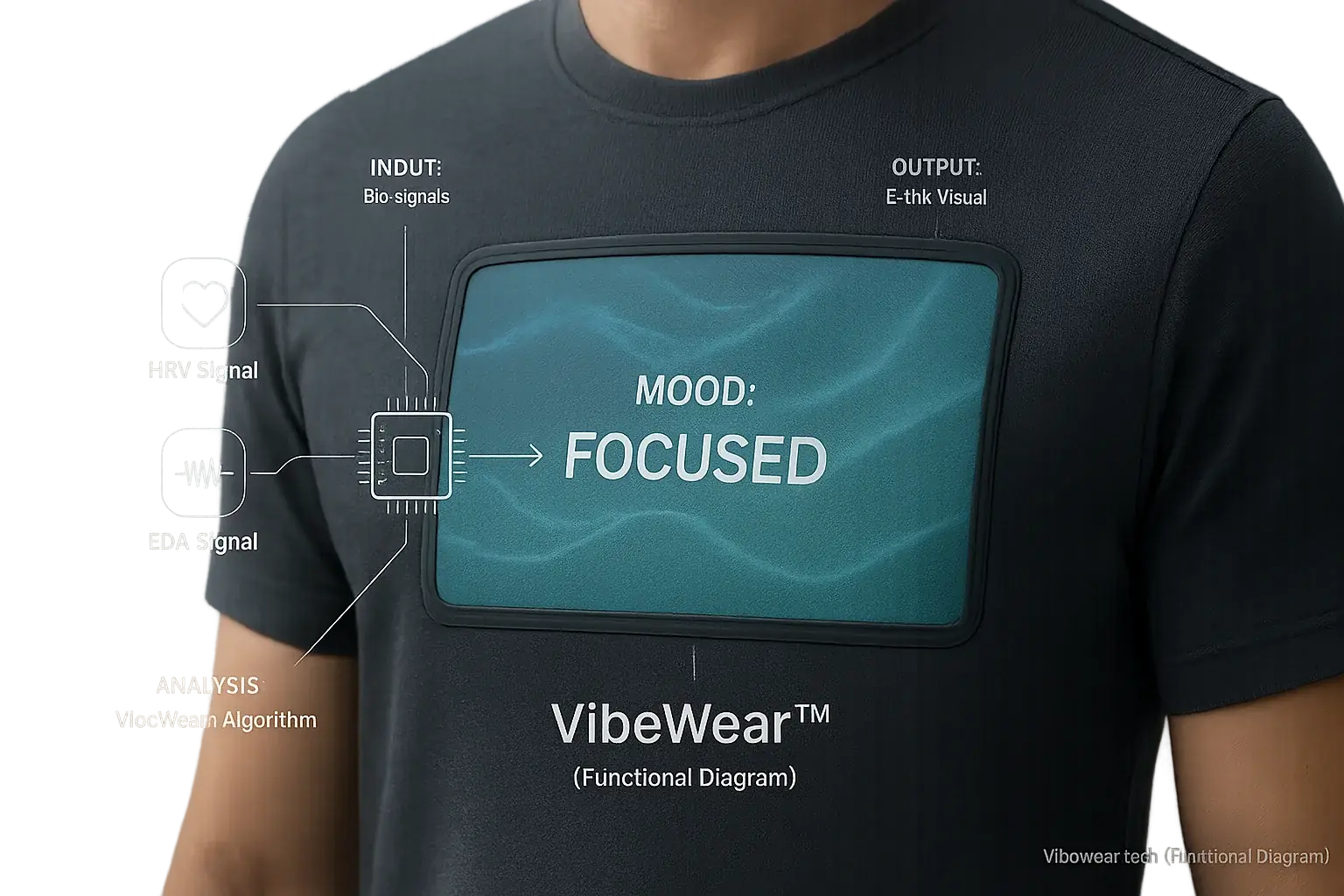
Personal tech surprises are rarely welcome. VibeWear users need absolute clarity. Your garment must explain its function. This includes what it measures. It also details how that data translates into a visual e-ink display.
Some tech products hide complex algorithms. This practice can create VibeWear user frustration. Imagine your shirt shows 'anxious'. You actually feel genuinely excited. Such a mismatch fosters confusion. It can make you question your own smart clothing.
VibeWear designers must prioritize clear explanations. Use simple language. Visual guides and comprehensive FAQs demystify the technology. This transparency builds profound user confidence. You can then truly own your vibe, with full understanding.
Designing for All: Inclusivity & Accessibility in Mood-Adaptive Fashion

Fashion should welcome everyone. VibeWear champions this core idea. True accessibility in design is essential. This means we consider diverse body types, varied sensory needs, and different communication styles. Universal design principles can illuminate this path forward for mood-adaptive apparel.
Many smart wearables miss a key point. They often target a very specific demographic. This common oversight excludes vast groups. Potential users are simply left behind. Consider someone with heightened sensory sensitivities. A dynamic e-ink display could prove intensely overwhelming. For an individual with limited hand dexterity, tiny controls become frustrating obstacles.
So, how can VibeWear design more inclusively? We must explore alternative input methods and offer deeply customizable display settings. Clear, non-verbal communication choices are fundamental. Cultural sensitivity remains non-negotiable. Patterns and colors convey powerful messages; our designs must respect these diverse interpretations to prevent offense and build connection.
Avoiding Deceptive Design: When Your Vibe is Manipulated
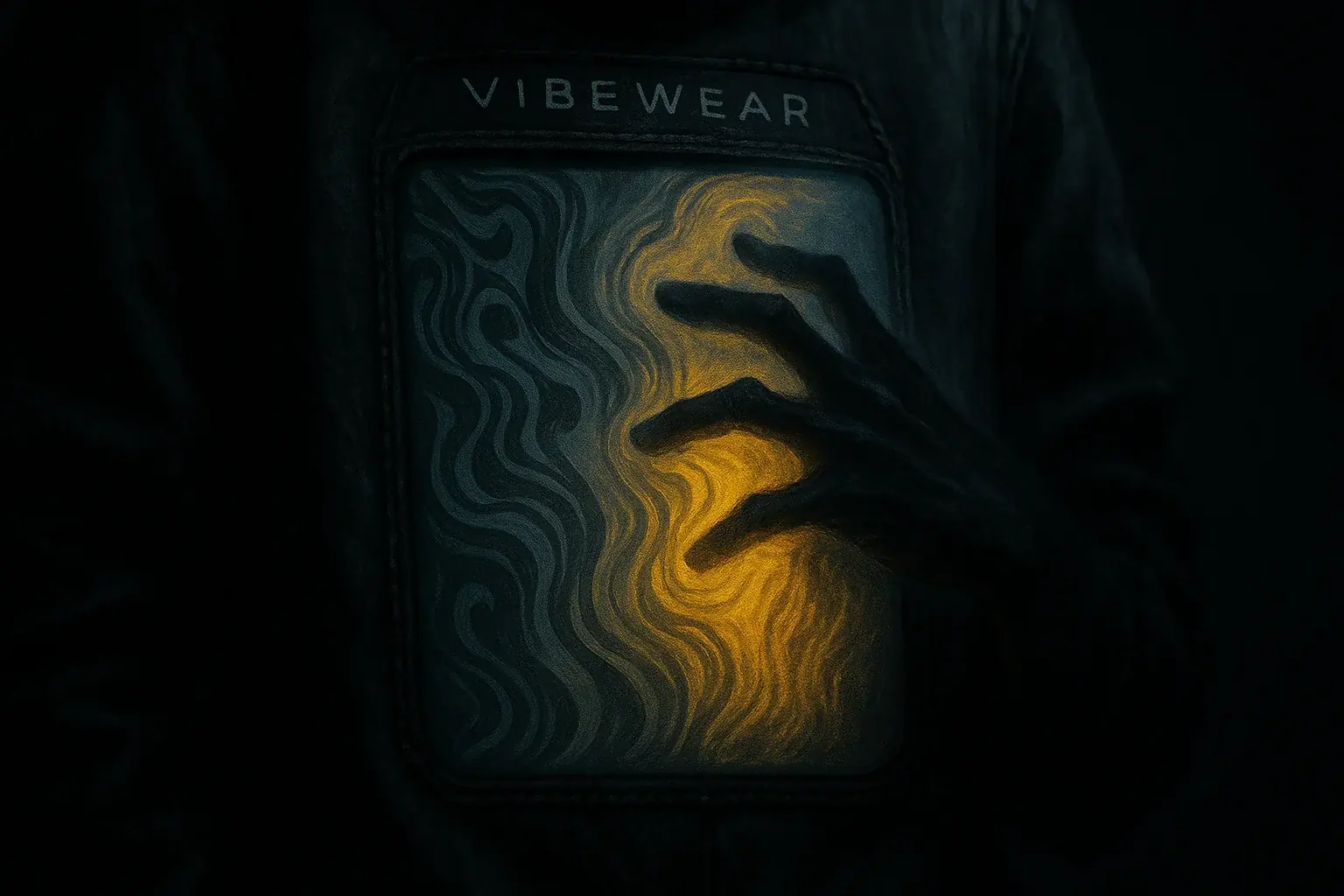
A website can trick you into clicking. VibeWear could, theoretically, subtly influence your mood. Or it might alter your perception. Ethical design absolutely avoids these dark patterns. These patterns manipulate users.
Adaptive clothing connects emotionally. This power holds real influence. Misuse can occur. Unintentional nudges might guide users toward specific feelings. Or they could steer them toward certain actions.
Imagine VibeWear subtly changing to "happy" colors near a sponsored location. It might display "calm" when you feel stressed, hindering self-awareness. How can designers prevent such outcomes?
Designers must prioritize user autonomy. This respect for choice is paramount. Avoid features that subtly pressure or mislead. Empower users with clear information. Full control over their VibeWear experience is essential.
Long-Term Support & Upgradability: Building VibeWear That Lasts
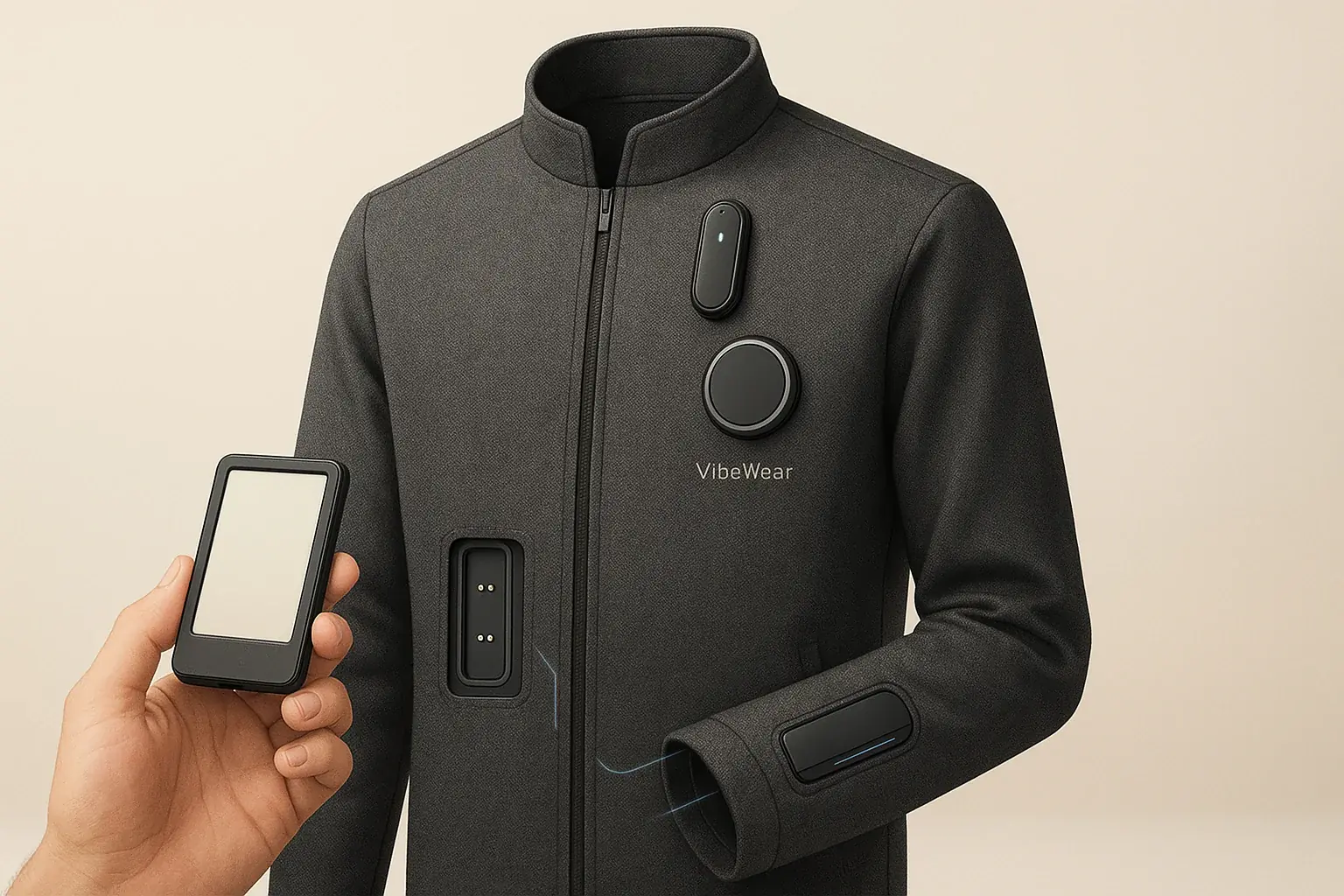
Fast fashion creates waste. Fast tech fashion? It magnifies the problem. VibeWear designers face an ethical imperative. They must create products built for endurance. These garments should serve users for years, not mere seasons. Longevity is a design principle we champion.
Tech innovation moves quickly. This pace often renders products obsolete too soon. For clothing, this obsolescence creates substantial e-waste. The unspoken truth? Many tech items are not built to last. Imagine this: your favorite VibeWear piece stops syncing. Its core software no longer receives updates. A single E-Ink panel fails, but cannot be easily replaced. The garment becomes a stylish paperweight. This is the 'fast fashion tech' trap VibeWear.tech believes the industry must consciously avoid.
How do we build VibeWear that lasts? Design for modularity. This allows users to replace or upgrade individual components easily. We must commit to extended software support. Clear, accessible repair guides are also essential. Durability and upgradability are not optional extras. They are fundamental to achieving genuine sustainability in tech-enhanced apparel. VibeWear.tech sees this as a core responsibility, leading by example.
The Ethical VibeWear Design Checklist: Are You Building Responsibly?
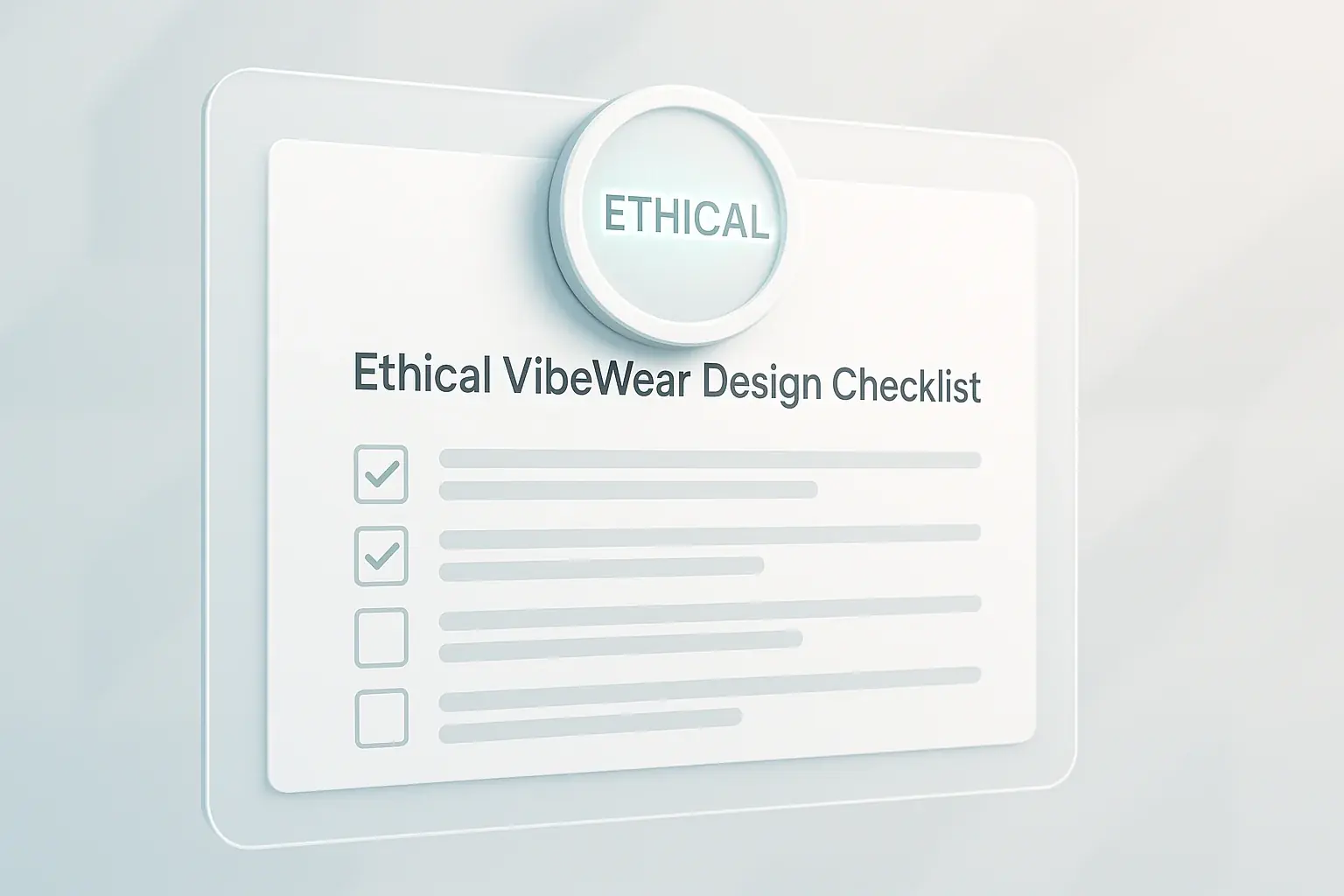
Assess Your VibeWear Project's Ethical Footprint
So, how does your VibeWear concept stack up against these ethical principles? This checklist offers a clear path, guiding designers through vital considerations. You can quickly assess your project. This self-assessment tool is practical. It promotes responsible innovation from the start.
Using this checklist helps identify potential ethical blind spots. Your design can then genuinely serve the user and the wider community. VibeWear.tech champions this proactive stance. Revisit these questions often. Refine your VibeWear creation throughout its development, strengthening its ethical core.
Designing the Future, Responsibly: Your Role in VibeWear's Evolution

Building VibeWear's future means more. It's not just about advanced technology. Ethical design builds it right. This is not a limitation. It is a catalyst. It powers truly impactful, trusted innovation, transforming VibeWear from mere novelty into a respected tool.
Your design choices today matter profoundly. They directly shape public perception of VibeWear. User trust in this evolving field hangs in the balance. Will VibeWear empower? Or will it feel intrusive? You are a pioneer. You hold a distinct responsibility for its societal impact, guiding how this technology integrates into our lives.
Embrace these ethical principles. Let them steer your creative vision. Ensure every VibeWear creation not only expresses individuality. It must also protect. It must respect the wearer. VibeWear.tech leads this charge for responsible innovation. We are your partners in forging an ethical VibeWear future, ensuring technology serves humanity positively.

